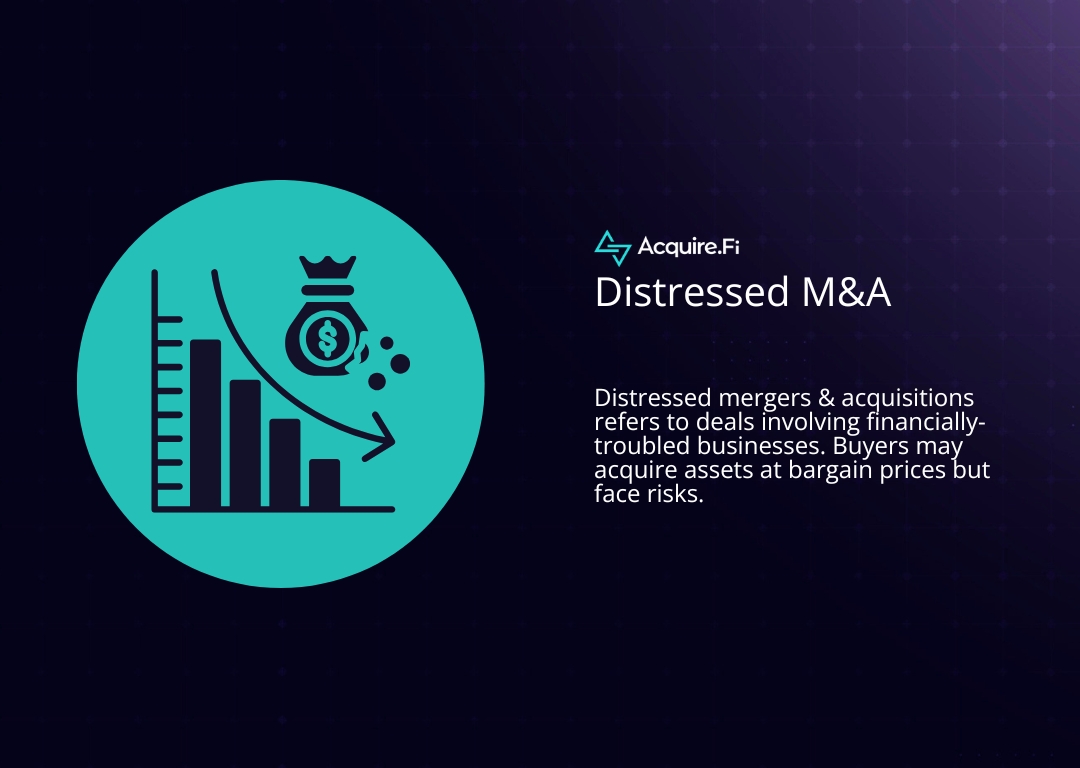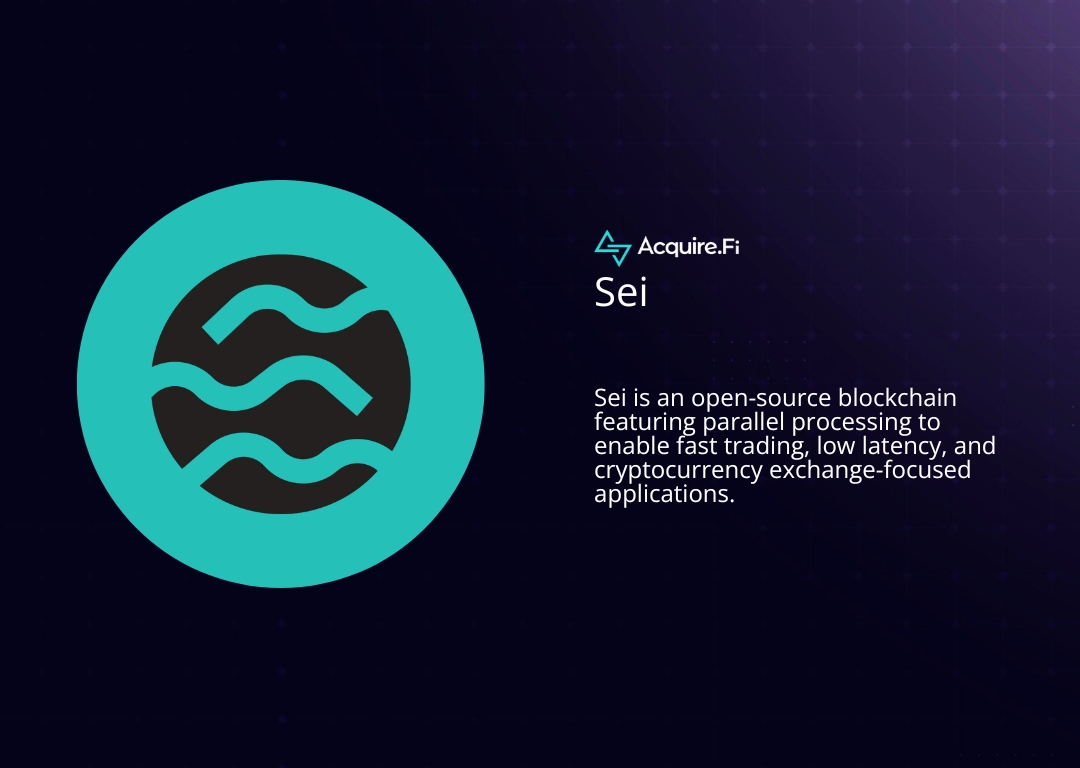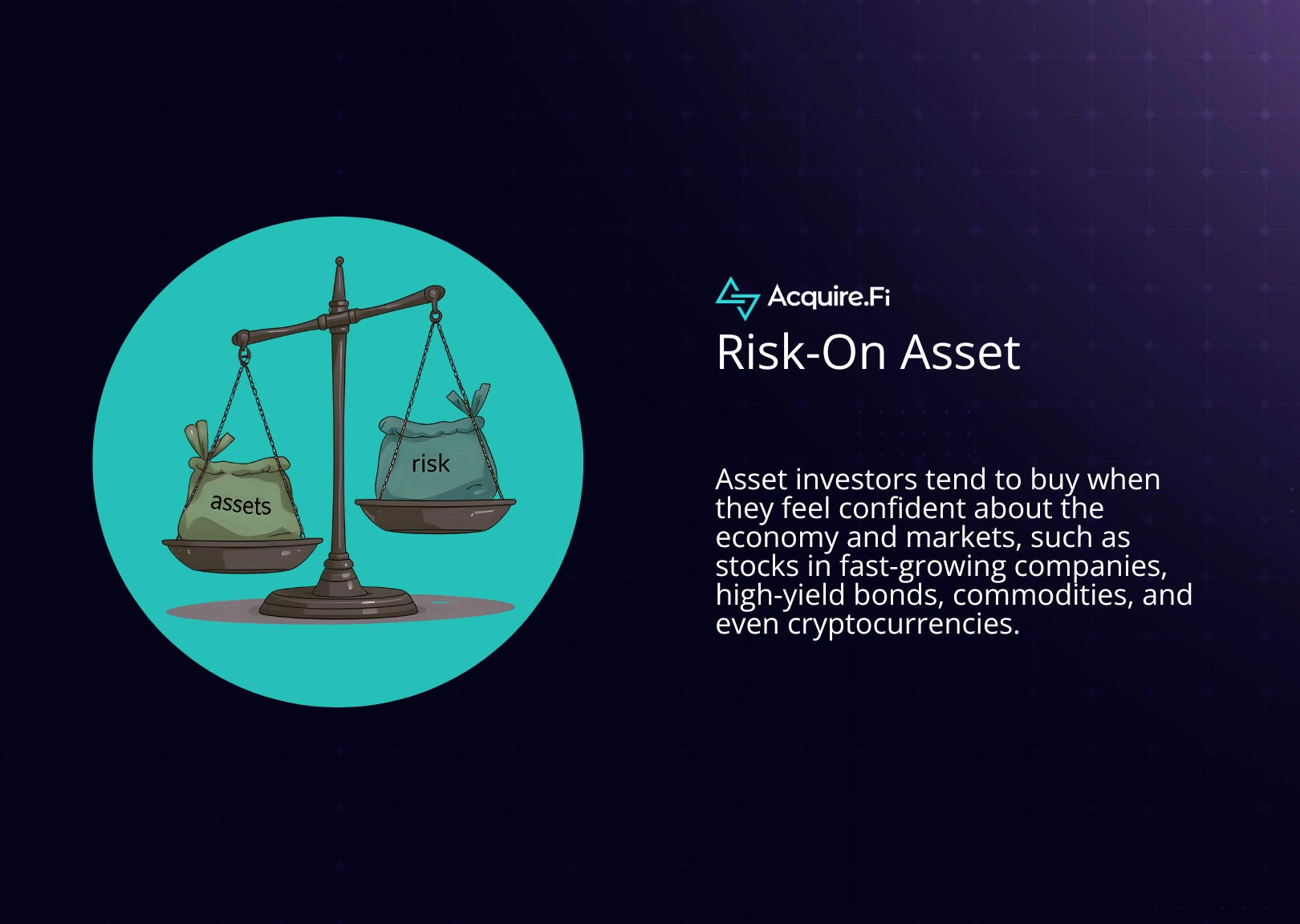Understanding the Sell Side M&A Process
If you're looking to sell your business, the sell side M&A process can seem overwhelming. But understanding the process and having the right team in place can make all the difference in maximizing shareholder value and making the transaction as smooth as possible. In this article, we'll break down the sell side M&A process step by step, discuss the key players involved, and provide tips for success.
The Importance of the Sell Side in M&A Transactions
The sell side is a crucial player in the M&A process. As the seller, your goal is to maximize shareholder value while ensuring a smooth transaction. That means identifying potential buyers, assessing the value of your company, and preparing a sales memorandum to attract interested parties. The sell side also helps facilitate due diligence, negotiating deal terms, and closing the transaction.
Maximizing Shareholder Value
At the heart of any sell side M&A transaction is maximizing shareholder value. This means identifying the right buyer, negotiating favorable terms, and ensuring a smooth transition. A skilled sell side team can help you achieve this goal by providing an accurate assessment of your company's value, identifying potential buyers, and negotiating the best possible terms.
One of the key ways that the sell side can help maximize shareholder value is by conducting a thorough analysis of the company's financials. This includes reviewing historical financial statements, identifying any potential risks or liabilities, and projecting future earnings potential. Armed with this information, the sell side team can help determine a fair market value for the company and negotiate a price that reflects its true worth.
Another way that the sell side can help maximize shareholder value is by identifying potential buyers who are willing to pay a premium for the company. This requires a deep understanding of the industry, as well as a network of contacts and relationships with potential buyers. By leveraging these resources, the sell side team can help ensure that the company is sold for the highest possible price.
Facilitating Smooth Transactions
M&A transactions are complex and can take months to complete. A sell side team can help manage the process by providing due diligence and facilitating open communication between all parties. Additionally, they can help you navigate regulatory requirements and negotiate contracts to ensure a successful transaction.
One of the key roles of the sell side in facilitating a smooth transaction is to manage the due diligence process. This involves collecting and analyzing a wide range of information about the company, including financial statements, legal documents, and operational data. The sell side team can help ensure that this information is accurate and complete, and that any potential issues are identified and addressed before they become a problem.
The sell side team can also play a key role in negotiating the terms of the transaction. This includes everything from the purchase price and payment structure to the representations and warranties made by the seller. By working closely with both the buyer and seller, the sell side team can help ensure that the terms of the deal are fair and reasonable for all parties.
Key Players in the Sell Side M&A Process
There are several key players involved in a sell side M&A transaction. Understanding their roles and how they contribute to the process can help you build the right team to ensure a successful outcome.
Investment Bankers
Investment bankers play an important role in the sell side M&A process. They can help you assess the value of your company, identify potential buyers, and negotiate favorable terms. Additionally, they can help you prepare for due diligence and facilitate a smooth transaction.
When it comes to assessing the value of your company, investment bankers use a variety of methods. They may look at your financial statements, market trends, and comparable transactions to determine the best price for your business. They can also help you identify potential buyers, whether they are other companies in your industry or private equity firms looking to invest.
During negotiations, investment bankers can help you navigate complex issues such as earnouts, non-compete agreements, and indemnification clauses. They can also help you structure the deal to minimize taxes and ensure a smooth transition.
M&A Advisors
M&A advisors are consultants who can help you navigate the complexities of the M&A process. They can help with due diligence, identify potential issues, and help you prepare for negotiations. Additionally, they can help you identify potential buyers and negotiate favorable terms.
Due diligence is a critical part of the M&A process, and M&A advisors can help you prepare for it. They can help you gather the necessary documents and information, and they can review them to identify any potential issues that could arise during the transaction. They can also help you prepare for negotiations by identifying your strengths and weaknesses and developing a strategy to achieve your goals.
M&A advisors can also help you identify potential buyers by leveraging their network of contacts in the industry. They can help you evaluate offers and negotiate favorable terms, such as the purchase price, payment structure, and post-closing obligations.
Legal and Financial Advisors
Legal and financial advisors can provide essential support throughout the M&A process. They can help with due diligence, review contracts, and provide legal advice. Additionally, they can help you navigate regulatory requirements and ensure a smooth transition.
During due diligence, legal and financial advisors can review contracts and other legal documents to identify any potential issues that could arise during the transaction. They can also help you navigate regulatory requirements, such as antitrust laws, and ensure that all necessary approvals are obtained.
Legal advisors can also help you negotiate and draft the purchase agreement, including provisions related to representations and warranties, indemnification, and dispute resolution. Financial advisors can help you structure the deal to minimize taxes and ensure that you receive the best possible terms.
Overall, assembling the right team of key players is critical to a successful sell side M&A transaction. By working with investment bankers, M&A advisors, and legal and financial advisors, you can ensure that you have the expertise and support you need to achieve your goals.
Preparing for the Sell Side M&A Process
Before embarking on the sell side M&A process, it is crucial to prepare meticulously to ensure a smooth and successful transaction. This process involves assessing the value of your company, developing a sales memorandum, and identifying potential buyers who can help you achieve your goals.
Assessing Company Value
Valuing your company accurately is critical to a successful sell side transaction. You will need to analyze your financial statements, cash flow, and market trends to determine a fair price range. An experienced investment banker can help provide an accurate valuation by using various valuation methods, such as the discounted cash flow method or the market multiple method. They can also help you identify areas where you can improve your company's value, such as increasing revenue streams, reducing costs, or enhancing brand recognition.
Developing a Sales Memorandum
The sales memorandum is a vital document in the sell side process, as it provides potential buyers with essential information about your company. A well-prepared memorandum can help attract serious buyers and maximize shareholder value. It should include details about your company's history, products or services, financial performance, growth prospects, and competitive advantages. You should also highlight any potential risks or challenges that buyers should be aware of.
Moreover, you should ensure that the sales memorandum is visually appealing, easy to read, and free of errors. It is an opportunity to showcase your company's strengths and differentiate yourself from competitors, so take the time to make it stand out.
Identifying Potential Buyers
Identifying potential buyers is a crucial step in the sell side M&A process. You can start by researching your industry and identifying potential buyers, such as competitors, private equity firms, or strategic investors. You can also leverage your professional network and seek referrals from trusted advisors, such as investment bankers or business brokers.
Once you have identified potential buyers, you should create a list of criteria to evaluate them based on factors such as their financial strength, strategic fit, cultural alignment, and reputation. An experienced sell side team can help you identify the right potential buyers and negotiate favorable terms that align with your goals.
The Sell Side M&A Process: Step by Step
Are you considering selling your business? The sell side M&A process is an exciting journey that can lead to a lucrative deal for your company. However, it can also be a complex and time-consuming process that requires careful planning and execution.
Here are the key steps involved in a sell side transaction:
Initial Contact and Confidentiality Agreements
The sell side M&A process typically begins with an initial contact from potential buyers. This contact can come from a variety of sources, including investment bankers, private equity firms, strategic buyers, or even competitors. Before any confidential information is shared, a confidentiality agreement is typically signed to protect sensitive information. This agreement ensures that the buyer will not disclose any confidential information to third parties without the seller's consent.
It's important to note that not all potential buyers will be a good fit for your business. You should carefully evaluate each potential buyer to ensure that they have the financial resources and strategic vision to successfully acquire and run your company.
Management Presentations and Due Diligence
Once a potential buyer has expressed interest, management presentations are typically scheduled. These presentations provide a deeper understanding of the company's operations and financials. During this stage, it's important to be transparent and provide honest answers to any questions the buyer may have.
Due diligence is also conducted at this stage to verify key information and identify potential risks. Due diligence can be a time-consuming process, but it's a critical step in the sell side M&A process. It's important to be organized and responsive during this stage to ensure a smooth due diligence process.
Negotiating Terms and Deal Structure
Once due diligence is complete, negotiations begin on the terms and deal structure. This typically involves multiple rounds of negotiations until a final agreement is reached. It's important to have a clear understanding of your company's value and what you're willing to accept in terms of price, payment structure, and other deal terms.
It's also important to consider the tax implications of the deal structure. A skilled tax advisor can help you navigate the complex tax implications of the sell side M&A process and ensure that you're maximizing your after-tax proceeds.
Closing the Transaction
Once terms have been agreed upon, the transaction is closed. This typically involves the transfer of funds and assets, as well as the signing of final contracts. It's important to work with a team of experienced professionals, including lawyers and accountants, to ensure a smooth closing process.
After the transaction is closed, you can celebrate the successful sale of your business. However, it's important to remember that the sell side M&A process is just the beginning of a new chapter for your company. The new owners will be looking to continue the success of your business and take it to new heights.
Challenges and Risks in the Sell Side M&A Process
While the sell side M&A process can be lucrative, it also comes with several challenges and risks. These challenges and risks can be mitigated with a strong sell side team and careful planning.
Managing Confidentiality
Managing confidentiality is an important part of any M&A process. A breach of confidentiality can harm the company's reputation and even derail the transaction. An experienced sell side team can help develop a strong confidentiality policy and ensure that all parties involved adhere to it.
It's important to remember that confidentiality extends beyond just the initial stages of the M&A process. As the transaction progresses, more people may become involved, and it's essential to maintain confidentiality throughout. This can be challenging, but an experienced sell side team can help manage the flow of information and ensure that only those who need to know are informed.
In addition to developing a strong confidentiality policy, it's also important to have a plan in place in case of a breach. This can include having legal remedies available, such as non-disclosure agreements and cease and desist orders.
Retaining Key Employees
In any M&A transaction, retaining key employees is essential to maintaining business continuity. Losing key employees can lead to a loss of institutional knowledge and disrupt operations. An experienced sell side team can help develop a strategy for retaining key employees and ensuring a smooth transition.
One way to retain key employees is to offer retention bonuses. These bonuses can incentivize employees to stay on during the transition period and ensure that they remain committed to the company's success. Another strategy is to involve key employees in the M&A process, giving them a sense of ownership and involvement.
It's also important to communicate openly with employees throughout the process. Uncertainty can lead to anxiety and fear, so keeping employees informed can help alleviate concerns and ensure a smoother transition.
Navigating Regulatory Requirements
Regulatory requirements can vary by industry and jurisdiction. An experienced sell side team can help navigate these requirements and ensure compliance. This can include obtaining necessary approvals and licenses, as well as ensuring that all relevant laws and regulations are followed.
It's important to begin the regulatory compliance process early in the M&A process. This can help avoid delays and ensure that the transaction proceeds smoothly. An experienced sell side team can help identify potential regulatory hurdles and develop a plan to overcome them.
In addition to regulatory compliance, it's also important to consider the cultural differences that may exist between the buyer and seller. These differences can include differences in business practices, communication styles, and even language. An experienced sell side team can help navigate these differences and ensure that the transaction is successful.
Tips for a Successful Sell Side M&A Process
The sell side M&A process can be complex, but with the right team in place, it can also be highly successful. Here are some tips to keep in mind.
Engaging Experienced Advisors
Engaging experienced advisors is crucial in ensuring a successful sell side transaction. These professionals have the expertise and knowledge to guide you through the process and help you make informed decisions. It's important to look for advisors with a track record of success and relevant industry experience. They will be able to provide you with valuable insights and help you navigate any challenges that may arise.
When choosing an advisor, it's also important to consider their communication style. You'll want someone who is responsive and proactive in their communication with you. They should keep you informed throughout the process and be available to answer any questions you may have.
Setting Realistic Expectations
Setting realistic expectations is essential for a successful sell side transaction. While you may be eager to close the deal quickly, it's important to understand that the process can be lengthy and complex. Negotiations may also be challenging, and it's important to be prepared for this.
One way to set realistic expectations is to work closely with your advisors to develop a timeline and game plan for the transaction. This will help you understand what to expect at each stage of the process and give you a better sense of the timeline for closing the deal.
Maintaining Flexibility and Open Communication
Finally, maintaining flexibility and open communication is essential for a successful sell side transaction. While you may have a clear idea of what you want to achieve from the transaction, it's important to be open to different possibilities and to pivot if necessary.
Throughout the process, it's important to keep all parties informed and to maintain open lines of communication. This will help to build trust and ensure that everyone is working together towards a successful outcome.
Conclusion
The sell side M&A process can be complex, but with the right team and strategic approach, it can also be highly successful. By understanding the process, identifying potential buyers, and developing a solid strategy, you can maximize shareholder value and ensure a smooth transaction for all parties involved.












.webp)